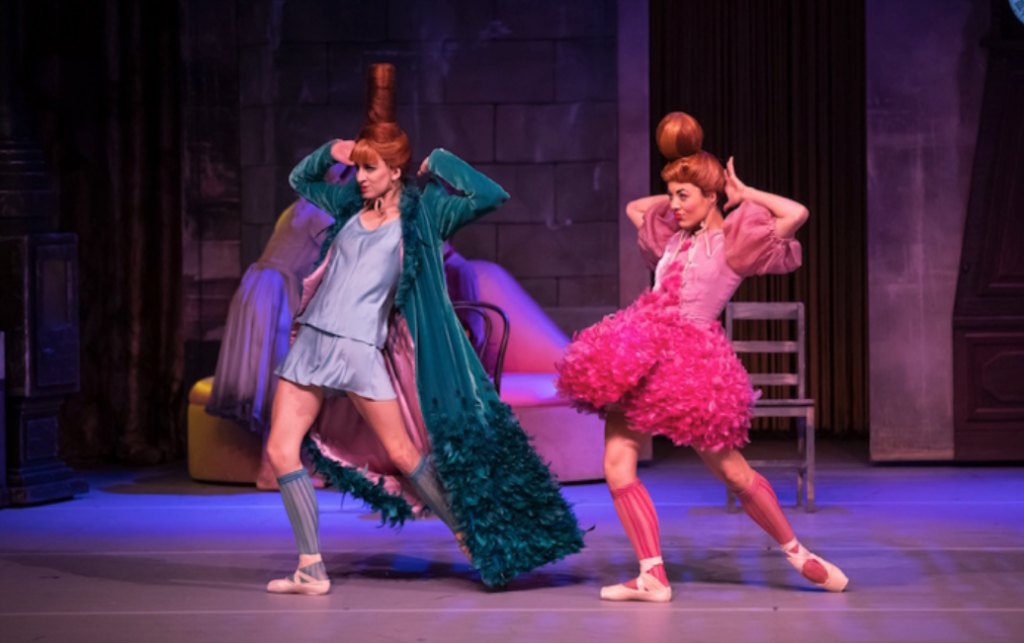
The History and Significance of Eisteddfods in Australia
Eisteddfods have a long and rich history in Welsh culture, dating back to the 12th century. These events were originally gatherings of bards and musicians who competed against each other in poetry and music contests. Today, Eisteddfods have become an integral part of Australian cultural life, particularly for youth.
The first Eisteddfod in Australia was held in 1839 in Sydney, but it was not until the late 19th century that they became a regular feature of Australian cultural life. The popularity of Eisteddfods in Australia owes much to the large number of Welsh migrants who settled in the country in the late 19th and early 20th centuries.
Eisteddfods in Australia have evolved from their Welsh roots and now include a wide range of competitions in music, dance, drama, and other performing arts. These competitions offer a platform for performers of all ages and skill levels to showcase their talents, and for audiences to appreciate the arts.
One of the most famous Eisteddfods in Australia is the Royal South Street Eisteddfod, which was established in Ballarat in 1891. It is now the largest and longest-running youth performing arts festival in the southern hemisphere, attracting thousands of competitors each year from across Australia and beyond.
The Australian National Eisteddfod, established in 1954 in Canberra, is another prominent event that draws competitors from across the country. The Eisteddfod is committed to encouraging and fostering excellence in all disciplines of the performing arts and is organised and presented almost completely through cooperative volunteer effort.
In recent years, Eisteddfods have become an important part of the performing arts industry in Australia. Many young performers have used these competitions as a stepping stone to launch their careers in the arts. Hugh Jackman, one of Australia’s most famous actors, got his start performing in a school production at Knox Grammar College, a school that often competes in the Sydney Eisteddfod.
Eisteddfods offer a range of benefits to performers, including the opportunity to gain experience, build confidence, and receive feedback from industry professionals. They also provide a valuable platform for performers to network and connect with others in the industry.
In addition to the benefits they provide to individual performers, Eisteddfods have also made significant contributions to the broader Australian arts industry. They have helped to foster a love of the arts in the community, and have played a role in developing the country’s cultural identity.
Despite the challenges presented by the COVID-19 pandemic, Eisteddfods continue to play an important role in the Australian arts industry. Many competitions have adapted to the changing circumstances by moving online, allowing performers to continue to showcase their talents and connect with others in the industry.
Eisteddfods have a rich and diverse history in Australia and have become an important part of the country’s cultural fabric. They offer a platform for performers of all ages and skill levels to showcase their talents, and provide valuable opportunities for personal and professional growth. As the Australian arts industry continues to evolve, Eisteddfods are sure to remain an important and much-loved feature of the performing arts landscape.
Find out about the Australian National Eisteddfod which begins Speech and Drama events this week.






